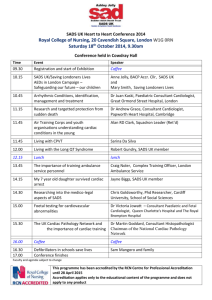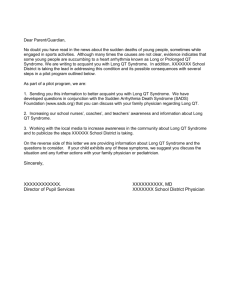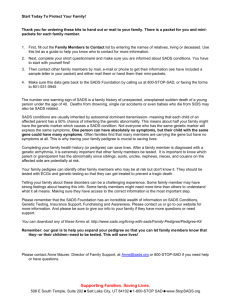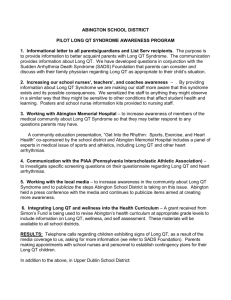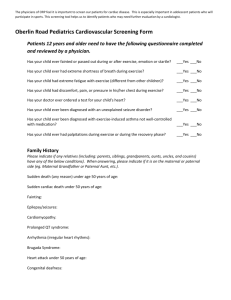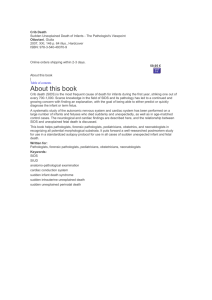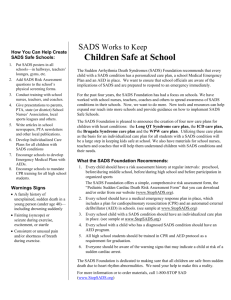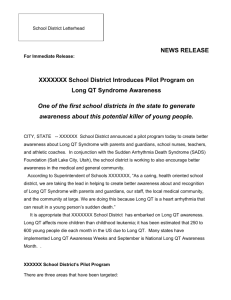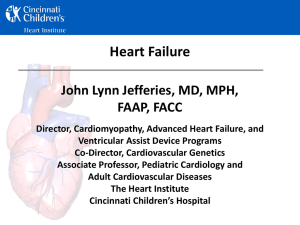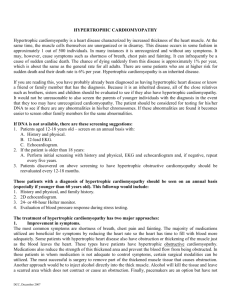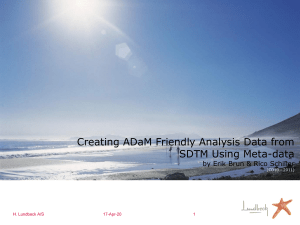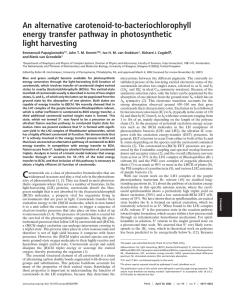Testing Other Family Members
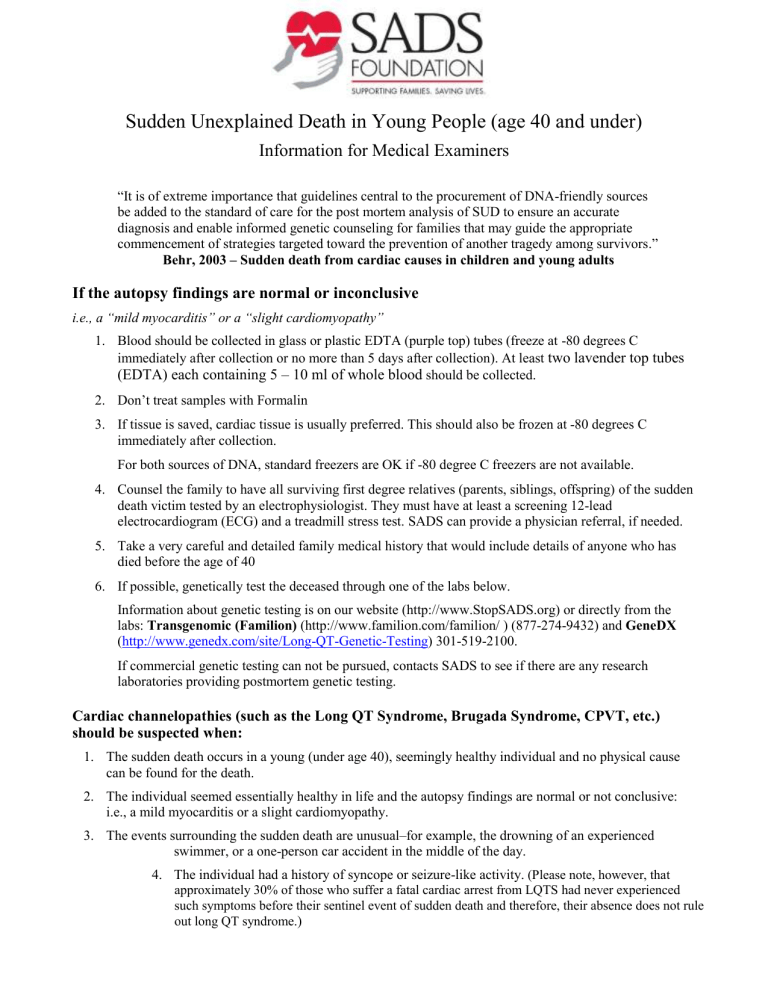
Sudden Unexplained Death in Young People (age 40 and under)
Information for Medical Examiners
“It is of extreme importance that guidelines central to the procurement of DNA-friendly sources be added to the standard of care for the post mortem analysis of SUD to ensure an accurate diagnosis and enable informed genetic counseling for families that may guide the appropriate commencement of strategies targeted toward the prevention of another tragedy among survivors.”
Behr, 2003 – Sudden death from cardiac causes in children and young adults
If the autopsy findings are normal or inconclusive
i.e., a “mild myocarditis” or a “slight cardiomyopathy”
1.
Blood should be collected in glass or plastic EDTA (purple top) tubes (freeze at -80 degrees C immediately after collection or no more than 5 days after collection). At least two lavender top tubes
(EDTA) each containing 5 – 10 ml of whole blood should be collected.
2.
Don’t treat samples with Formalin
3.
If tissue is saved, cardiac tissue is usually preferred. This should also be frozen at -80 degrees C immediately after collection.
For both sources of DNA, standard freezers are OK if -80 degree C freezers are not available.
4.
Counsel the family to have all surviving first degree relatives (parents, siblings, offspring) of the sudden death victim tested by an electrophysiologist. They must have at least a screening 12-lead electrocardiogram (ECG) and a treadmill stress test. SADS can provide a physician referral, if needed.
5.
Take a very careful and detailed family medical history that would include details of anyone who has died before the age of 40
6.
If possible, genetically test the deceased through one of the labs below.
Information about genetic testing is on our website (http://www.StopSADS.org) or directly from the labs: Transgenomic (Familion) (http://www.familion.com/familion/ ) (877-274-9432) and GeneDX
( http://www.genedx.com/site/Long-QT-Genetic-Testing ) 301-519-2100.
If commercial genetic testing can not be pursued, contacts SADS to see if there are any research laboratories providing postmortem genetic testing.
Cardiac channelopathies (such as the Long QT Syndrome, Brugada Syndrome, CPVT, etc.) should be suspected when:
1. The sudden death occurs in a young (under age 40), seemingly healthy individual and no physical cause can be found for the death.
2.
The individual seemed essentially healthy in life and the autopsy findings are normal or not conclusive: i.e., a mild myocarditis or a slight cardiomyopathy.
3.
The events surrounding the sudden death are unusual–for example, the drowning of an experienced swimmer, or a one-person car accident in the middle of the day.
4.
The individual had a history of syncope or seizure-like activity.
(Please note, however, that approximately 30% of those who suffer a fatal cardiac arrest from LQTS had never experienced such symptoms before their sentinel event of sudden death and therefore, their absence does not rule out long QT syndrome.
)
Testing Other Family Members
If the family history (above) creates suspicion for a cardiac cause of the death, and or the coroner’s report reveals no known cause of death—parents and siblings of the decedent should be screened with:
an electrocardiogram (ECG) for long QT syndrome, short QT syndrome, and Brugada syndrome
a treadmill stress test for catecholaminergic polymorphic ventricular tachycardia (CPVT)
and an echocardiogram for a heart muscle disease (cardiomyopathy) like hypertrophic cardiomyopathy.
However, if the decedent’s autopsy reveals a structurally normal heart, a screening echocardiogram is probably not necessary.
Sometimes a treadmill stress test and/or a Holter or event monitor is helpful and there are some other tests that can be done if indicated.
The SADS Foundation Can Help Families With Other Questions Including:
* Physician Referral. SADS can provide you with a list of knowledgeable physicians across the country.
* Insurance Issues. SADS can provide you with sample letters and strategies to deal with insurance issues including denials and appeals.
* Identifying Extended Family Members At Risk. SADS can assist you in mapping out your family pedigree to identify family members who might be at risk for heart arrhythmias and need testing.
* Support and Networking. SADS can put you in contact with individuals and families who have had similar experiences. SADS can also put in contact with a local support group or help you start one in your area.
For more information or help with genetic testing or samples please contact the SADS
Foundation at www.StopSADS.org
or sads@sads.org
or 1-800 STOP SAD.
Other Resources for Sudden Unexplained Deaths:
The Hypertrophic Cardiomyopathy Association (HCMA) www.4hcm.org
973-983-7429
The Hypertrophic Cardiomyopathy Association is a not for profit 501(c) (3) organization formed in 1996 to provide information, support and advocacy to patients, their families and medical providers.
Sudden Unexplained Death in Childhood Program www.sudc.org
800-620-SUDC
The SUDC Program was created to be an international centralized resource for those affected by a sudden unexpected death in childhood, whose cause is left undetermined, unclear or unexplained. We are the only organization worldwide devoted solely to the needs of families and professionals touched by unexplained death in childhood.
PreventionGenetics http://preventiongenetics.com/
PreventionGenetics offers Clinical DNA Testing, DNA Banking and Research Genotyping; laboratory is fully
CLIA-accredited. Pleased to offer a one-time banking fee of $98.
